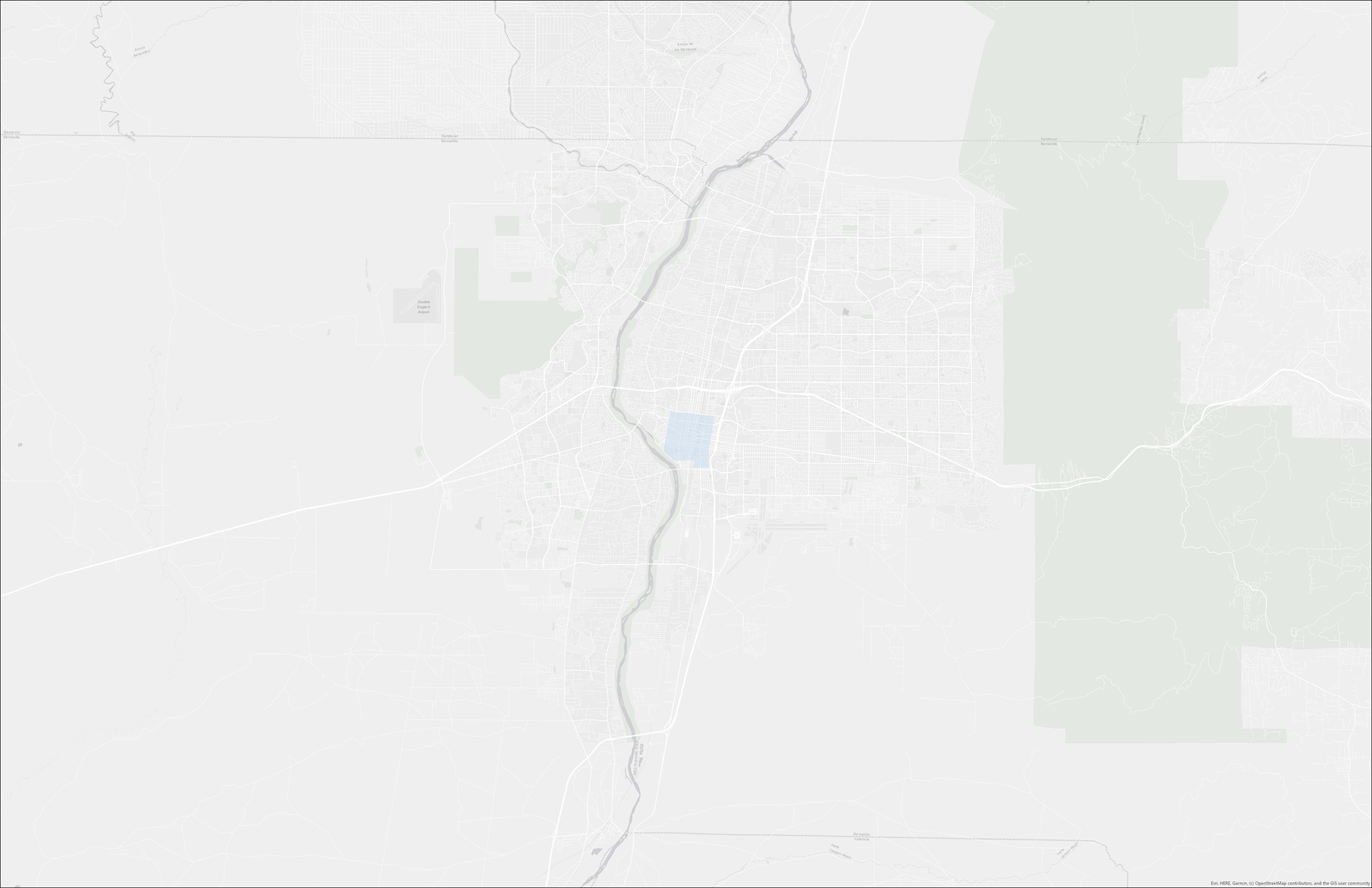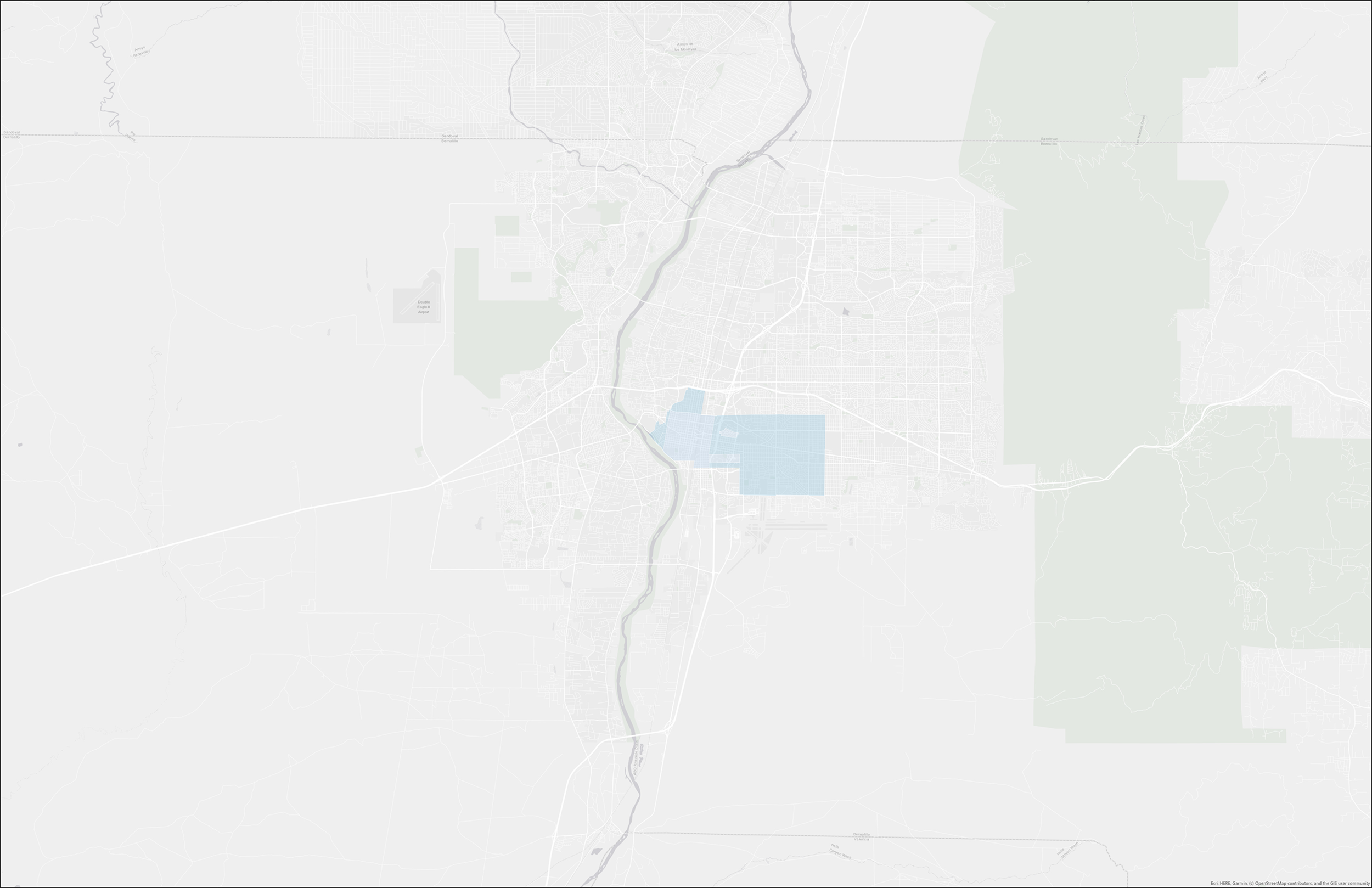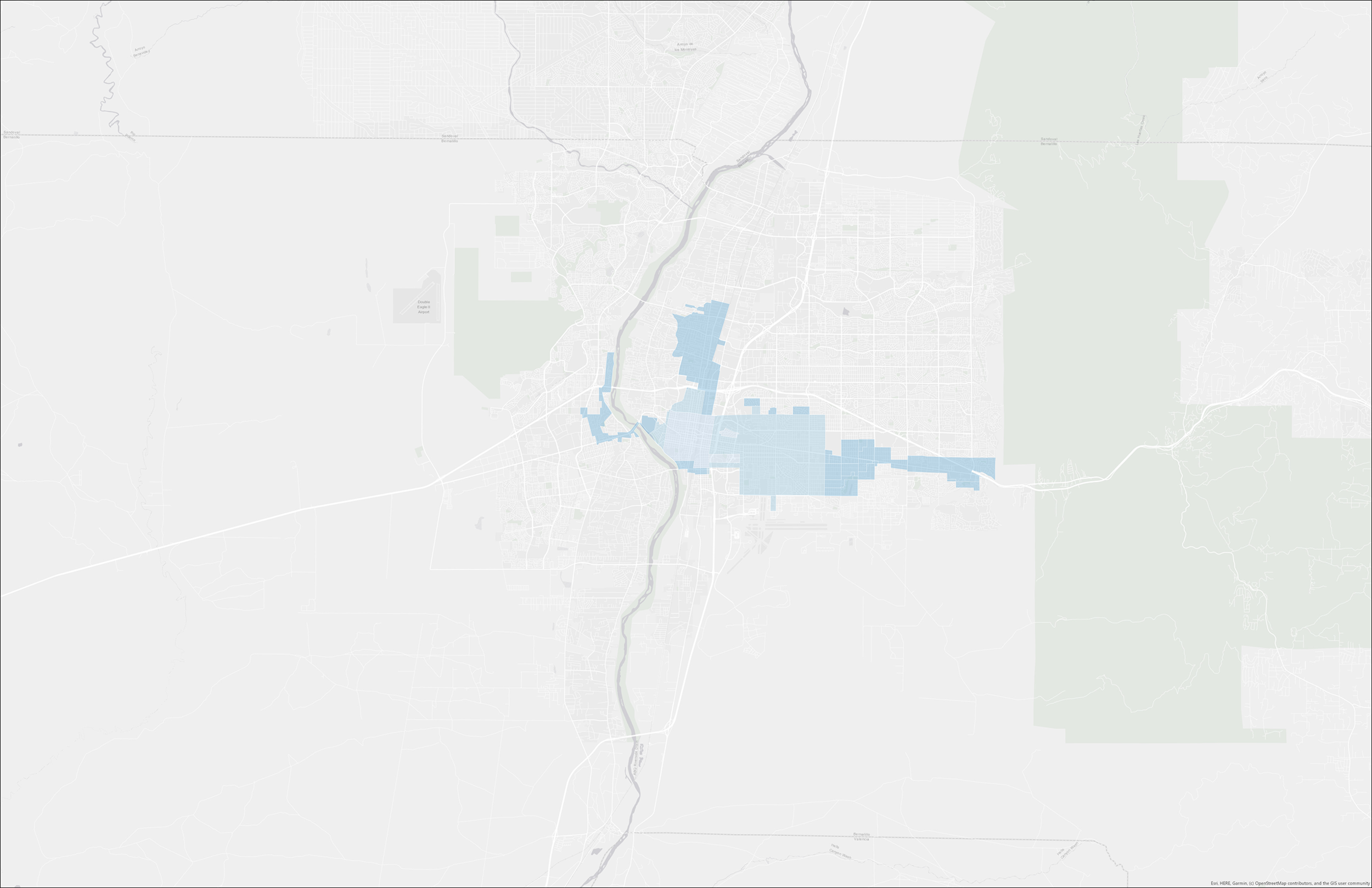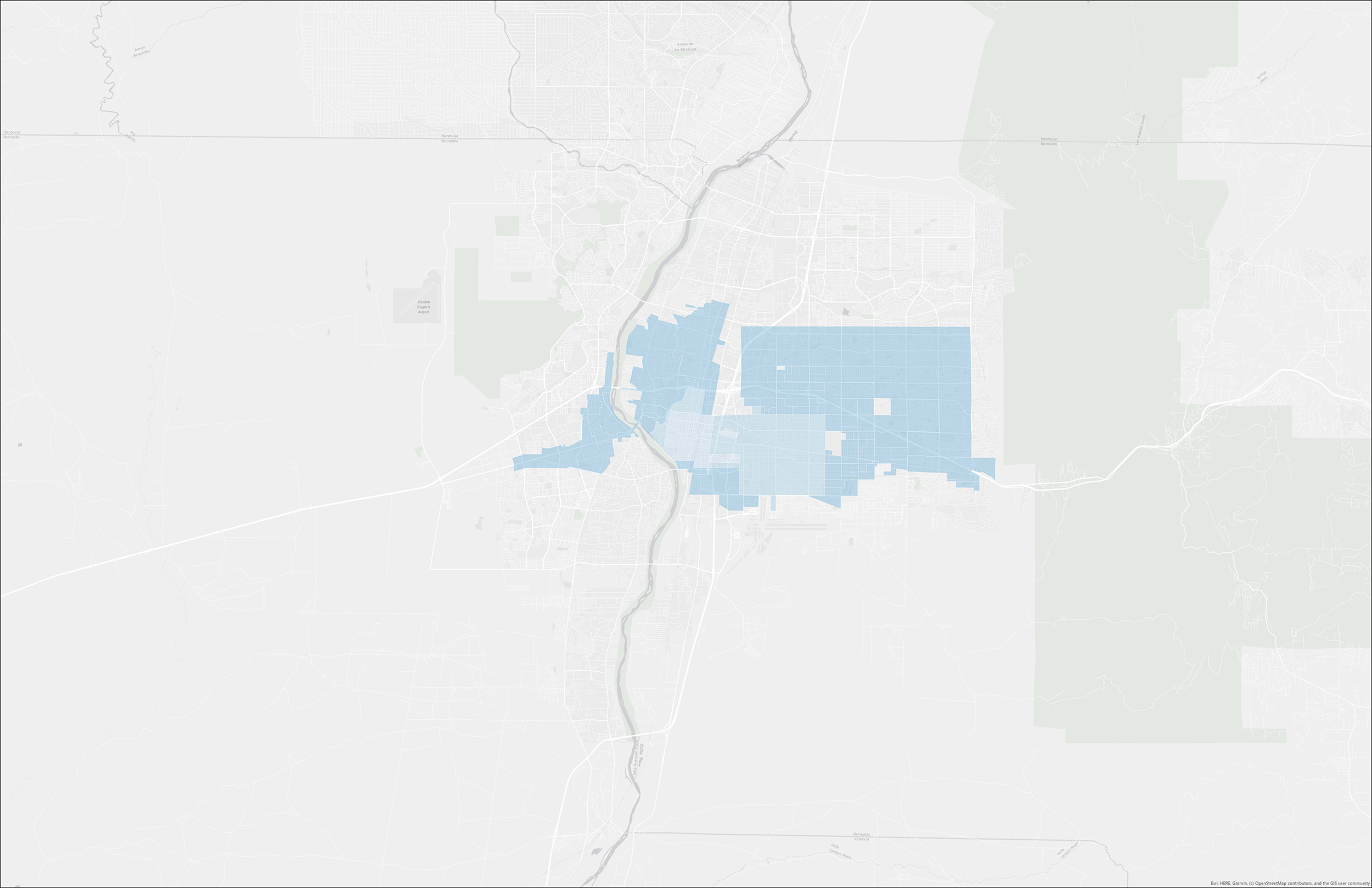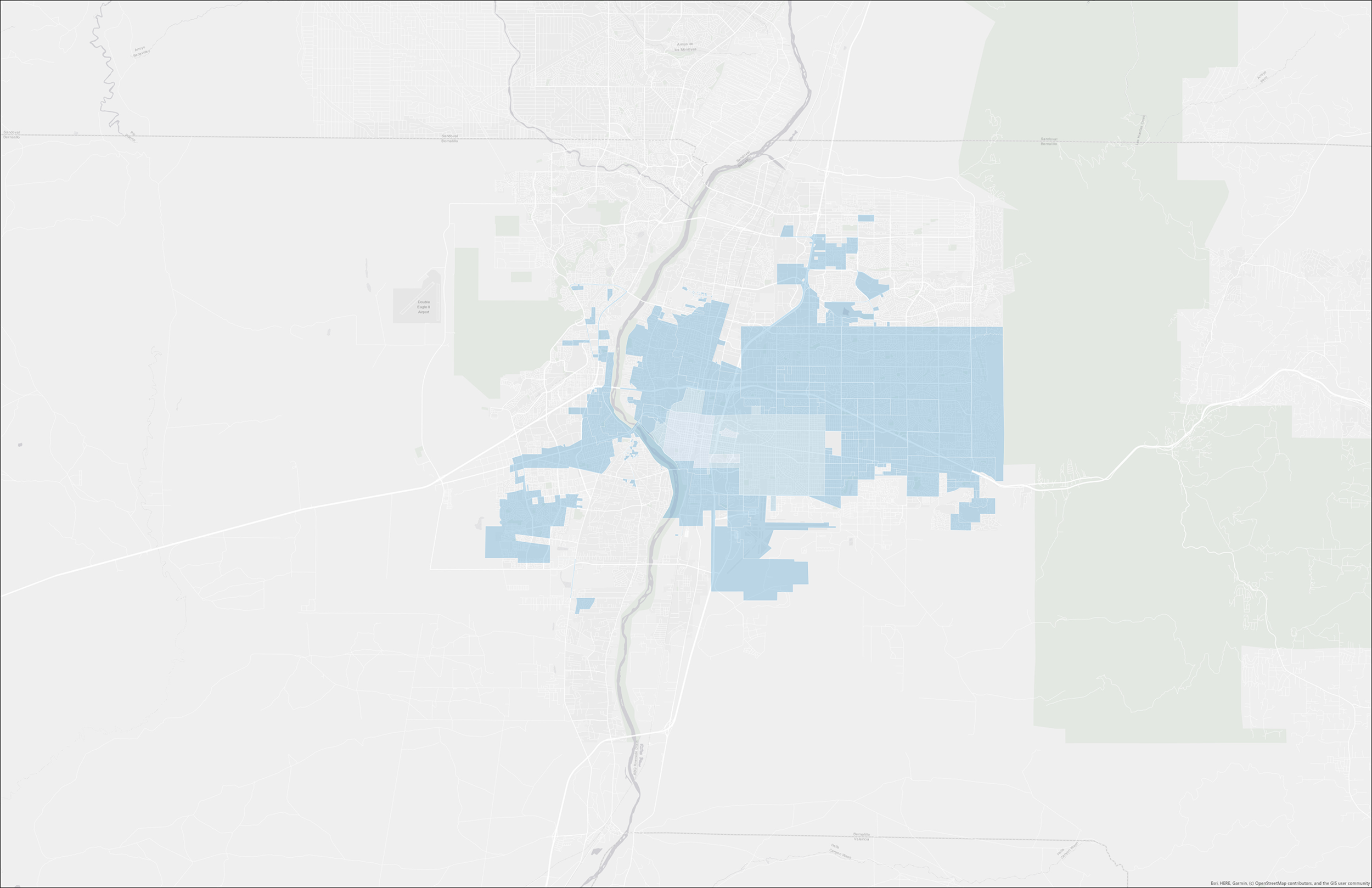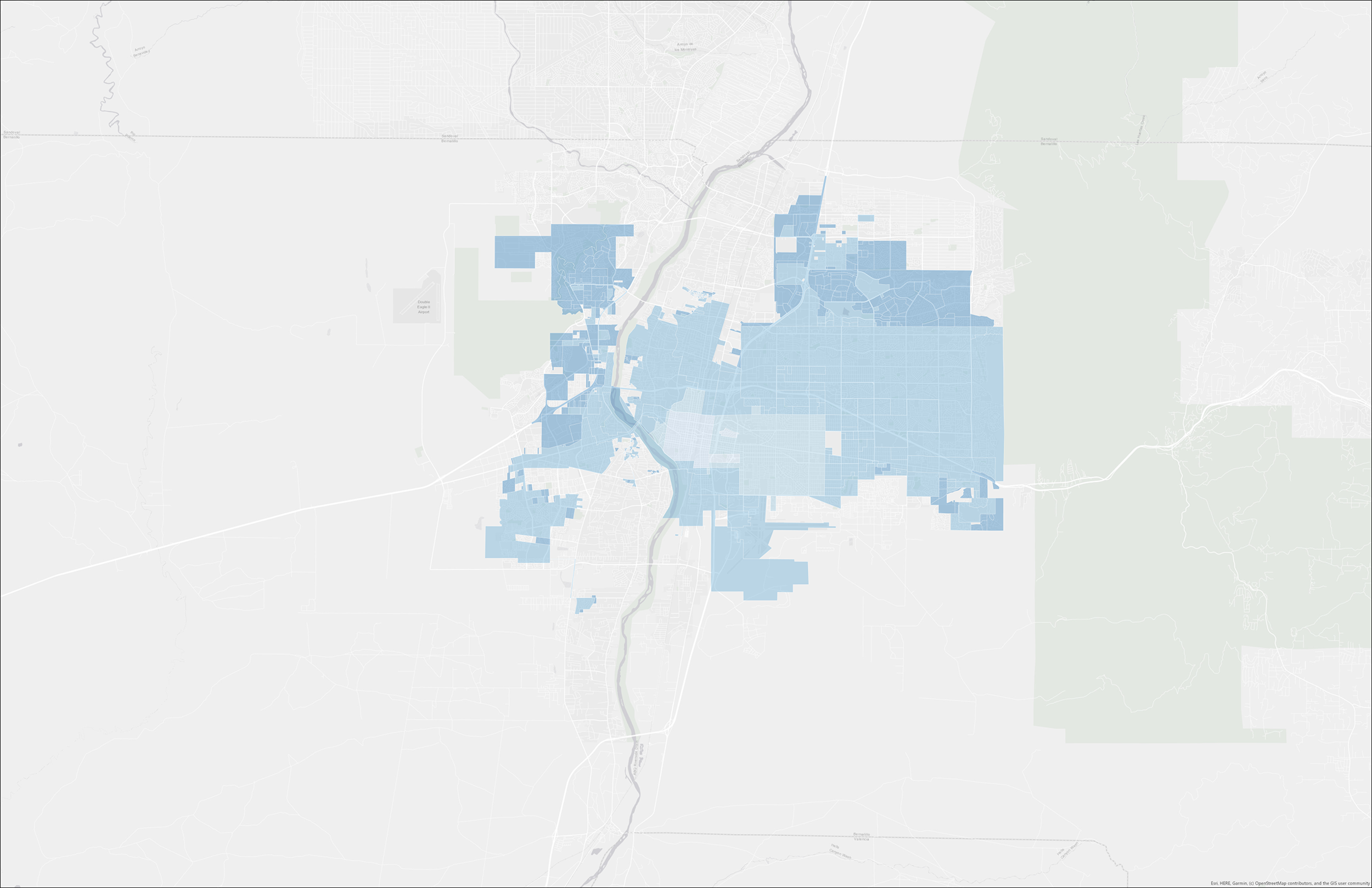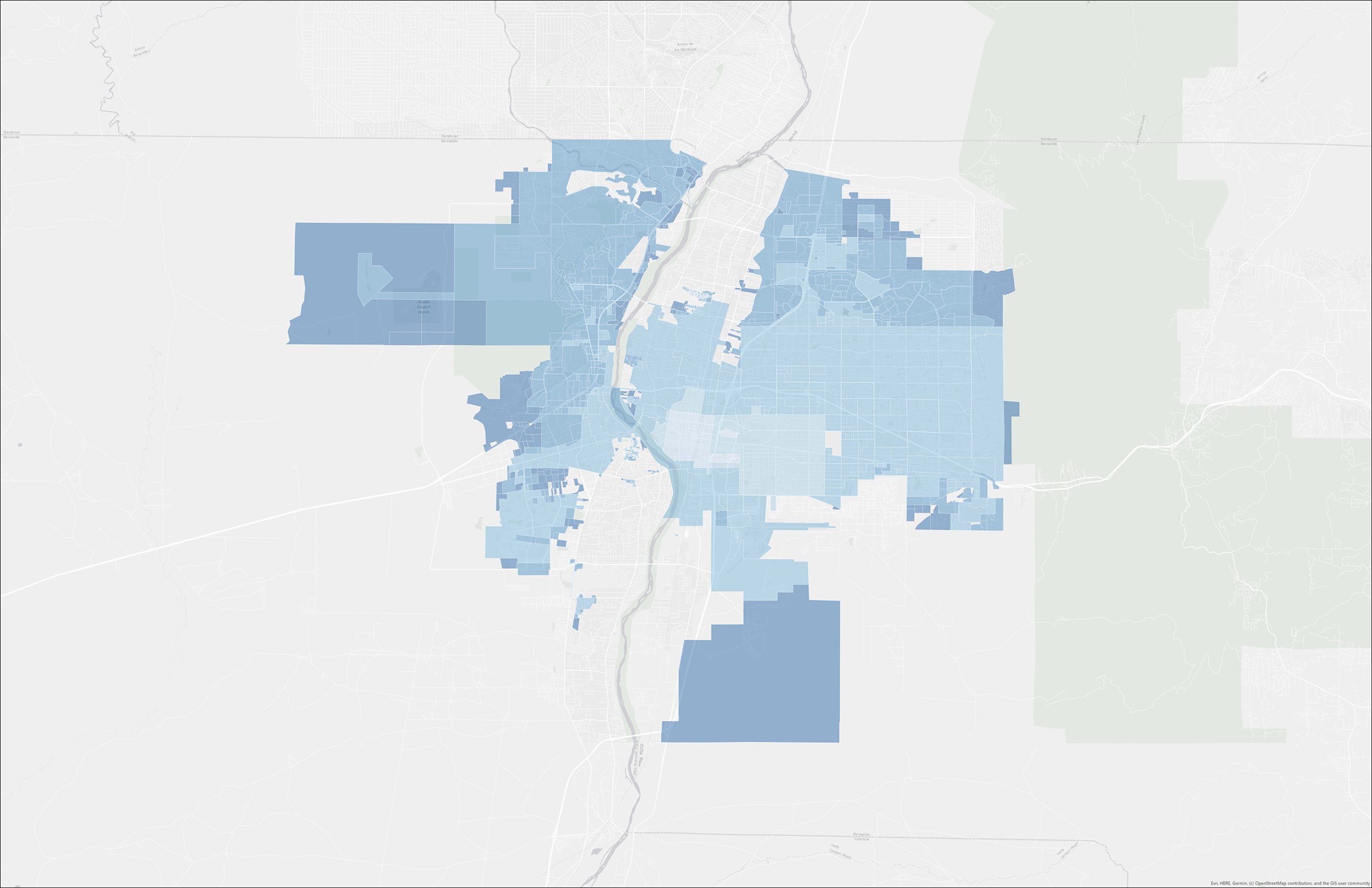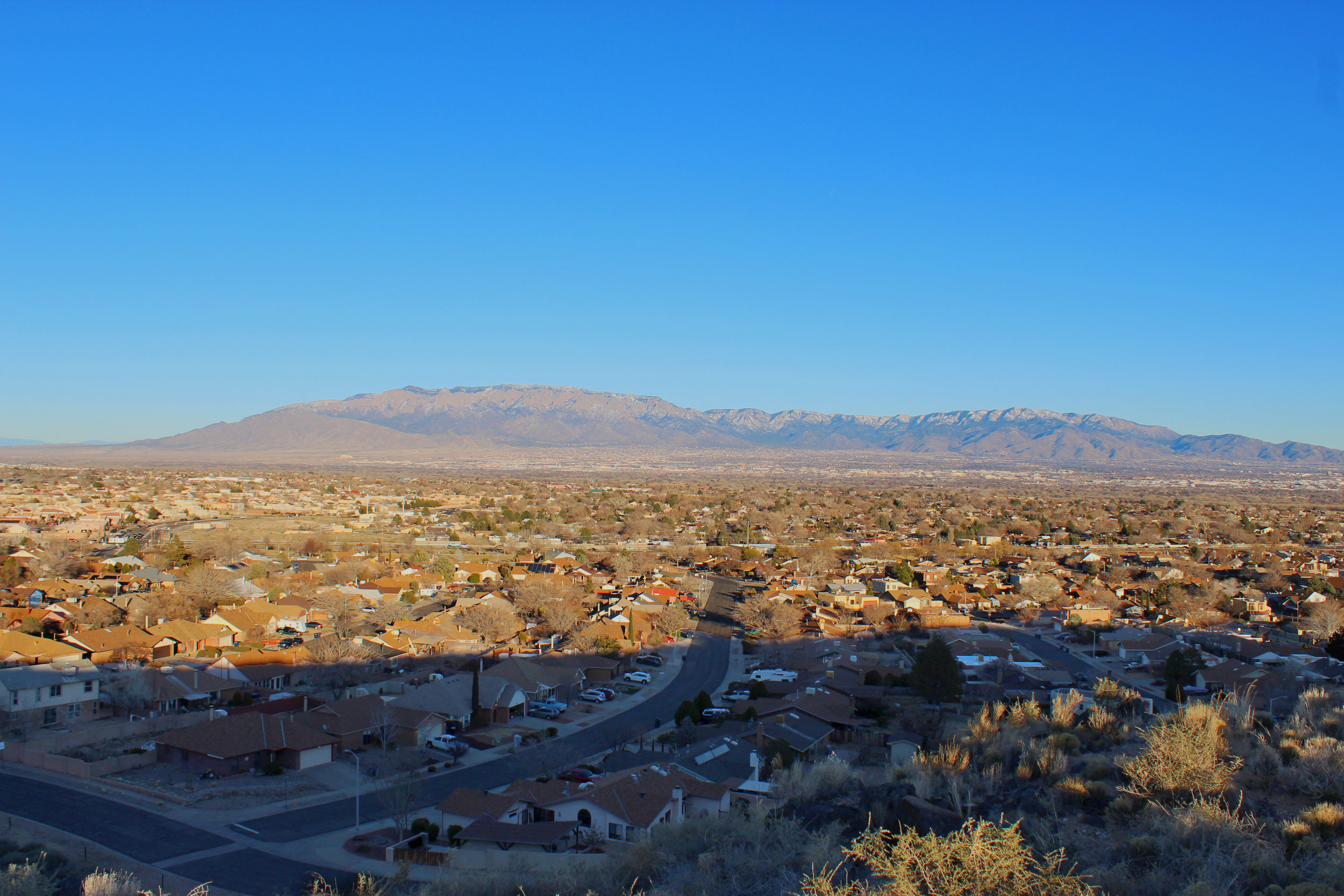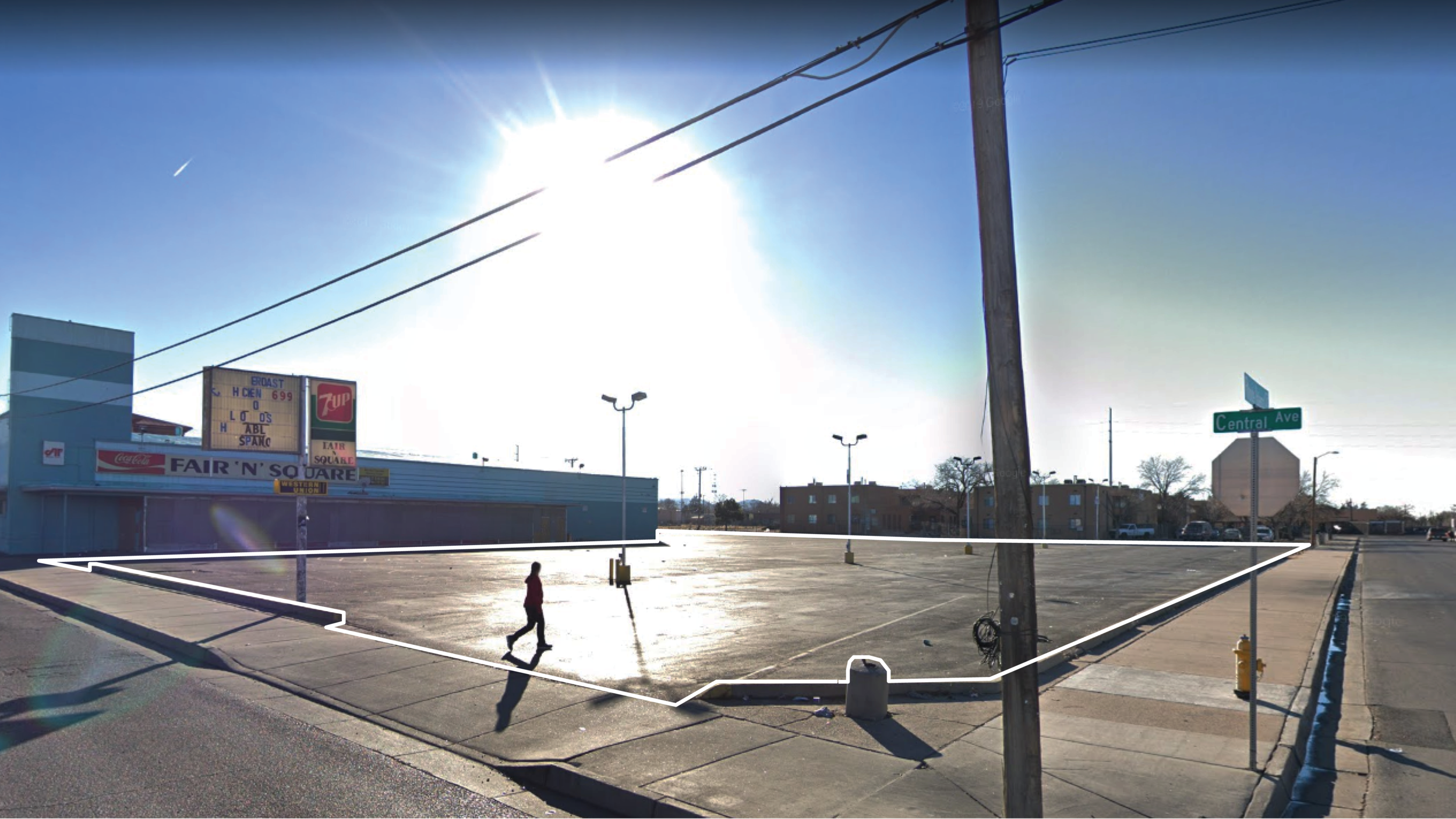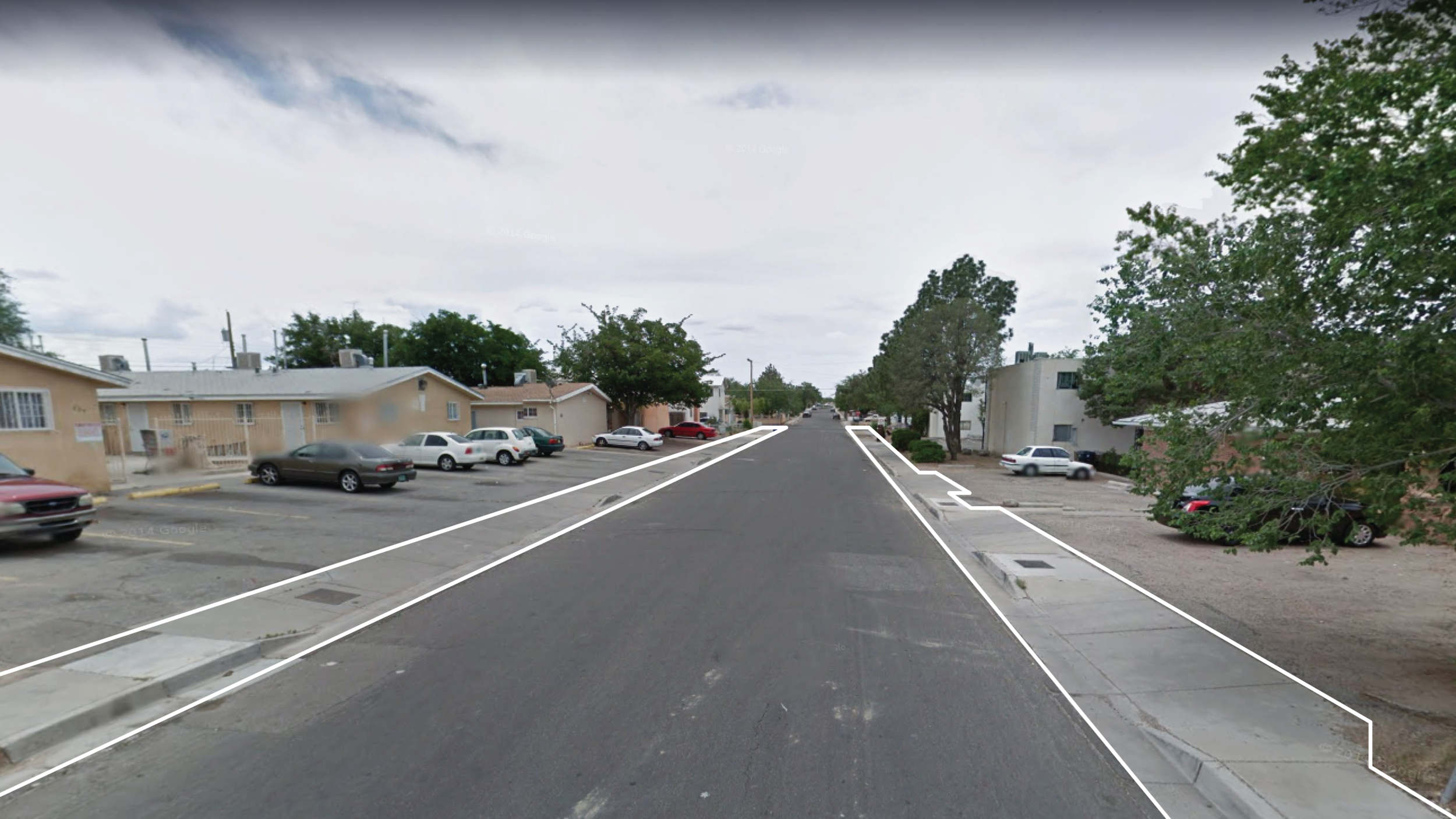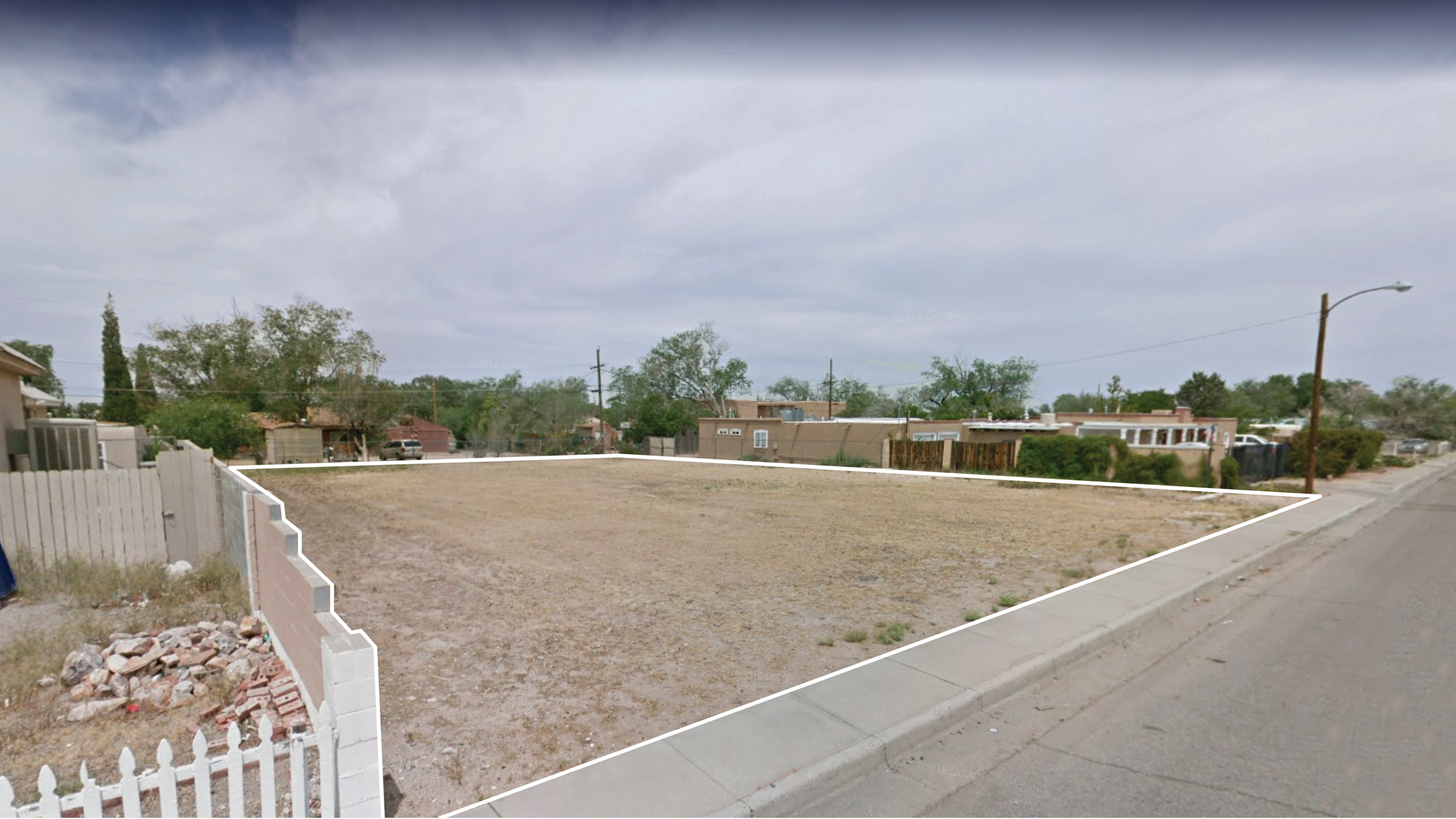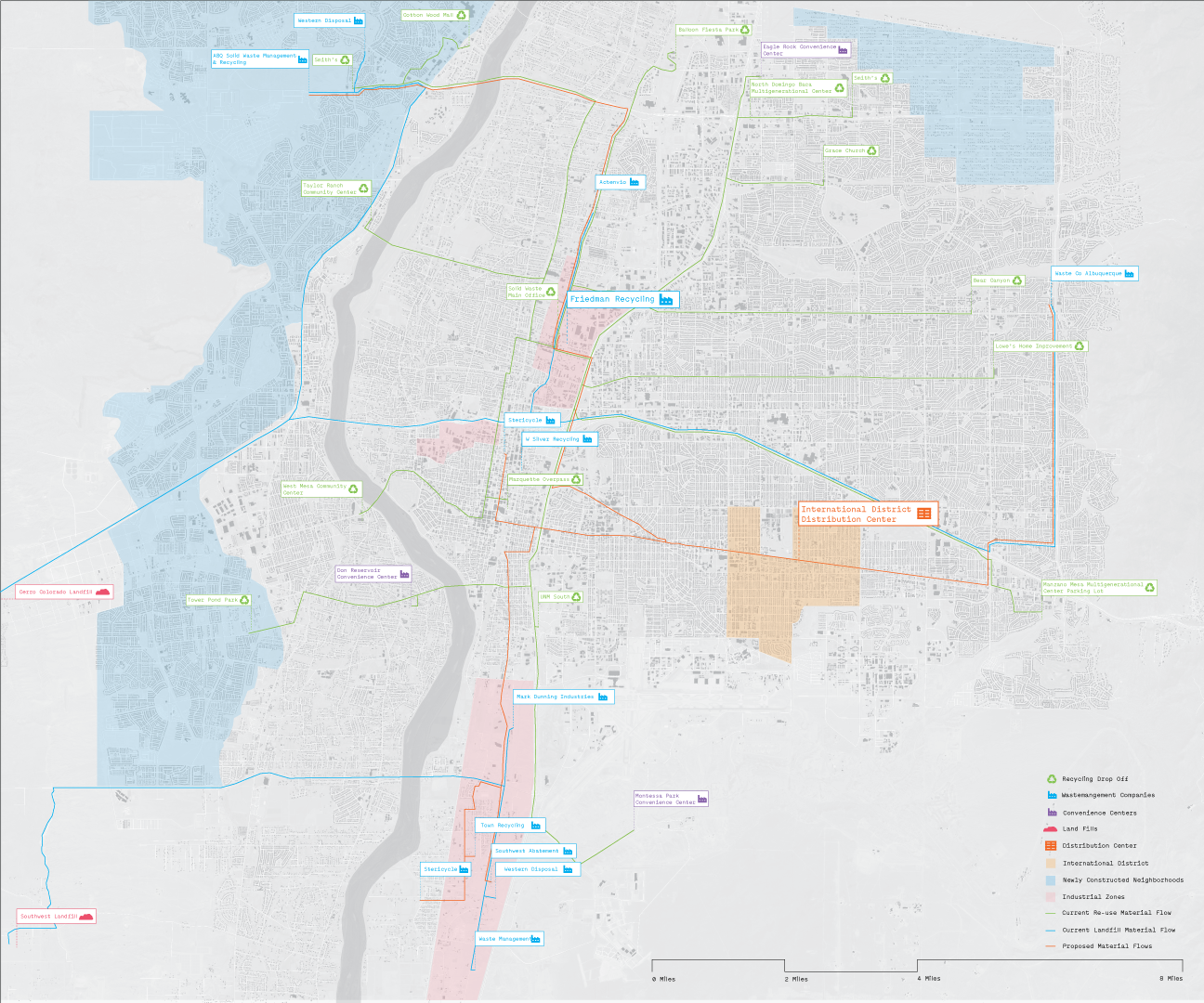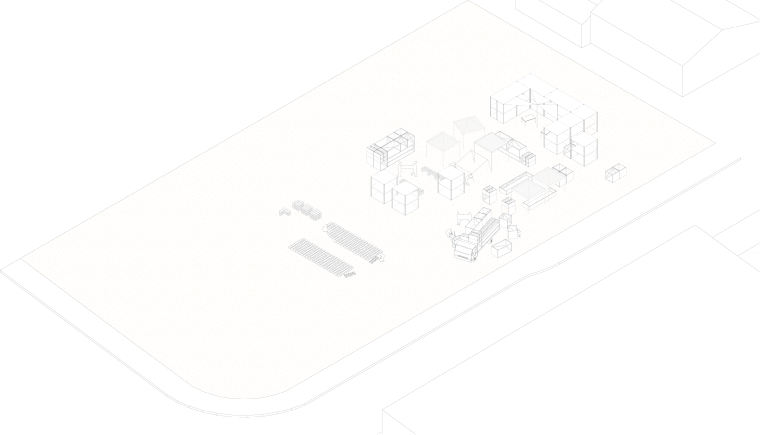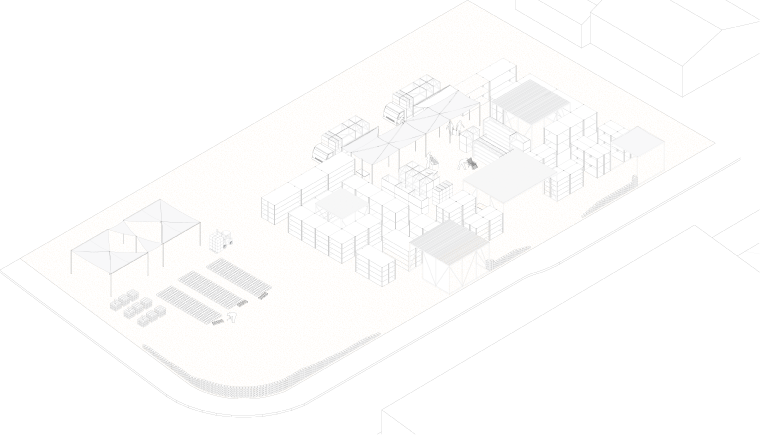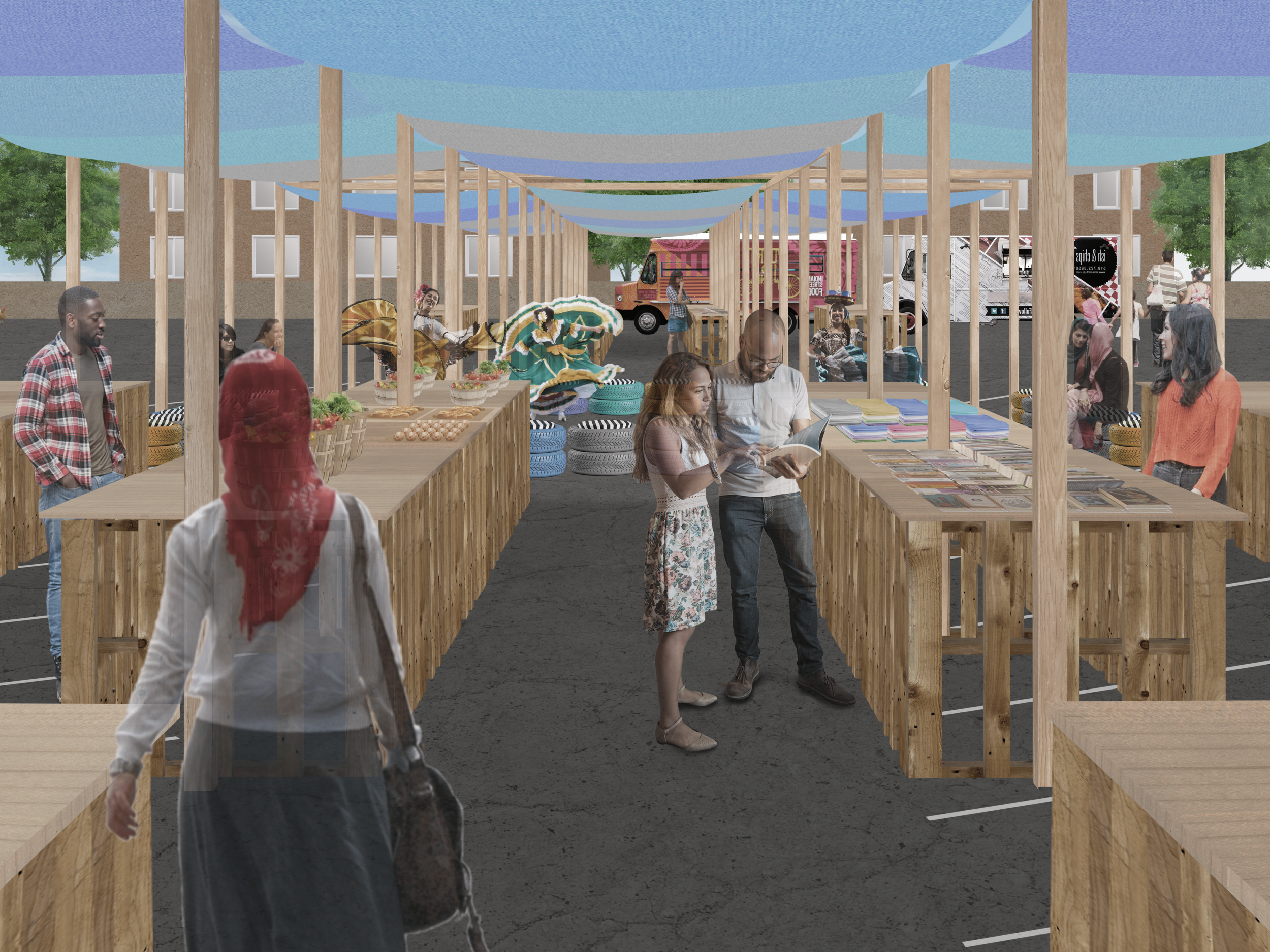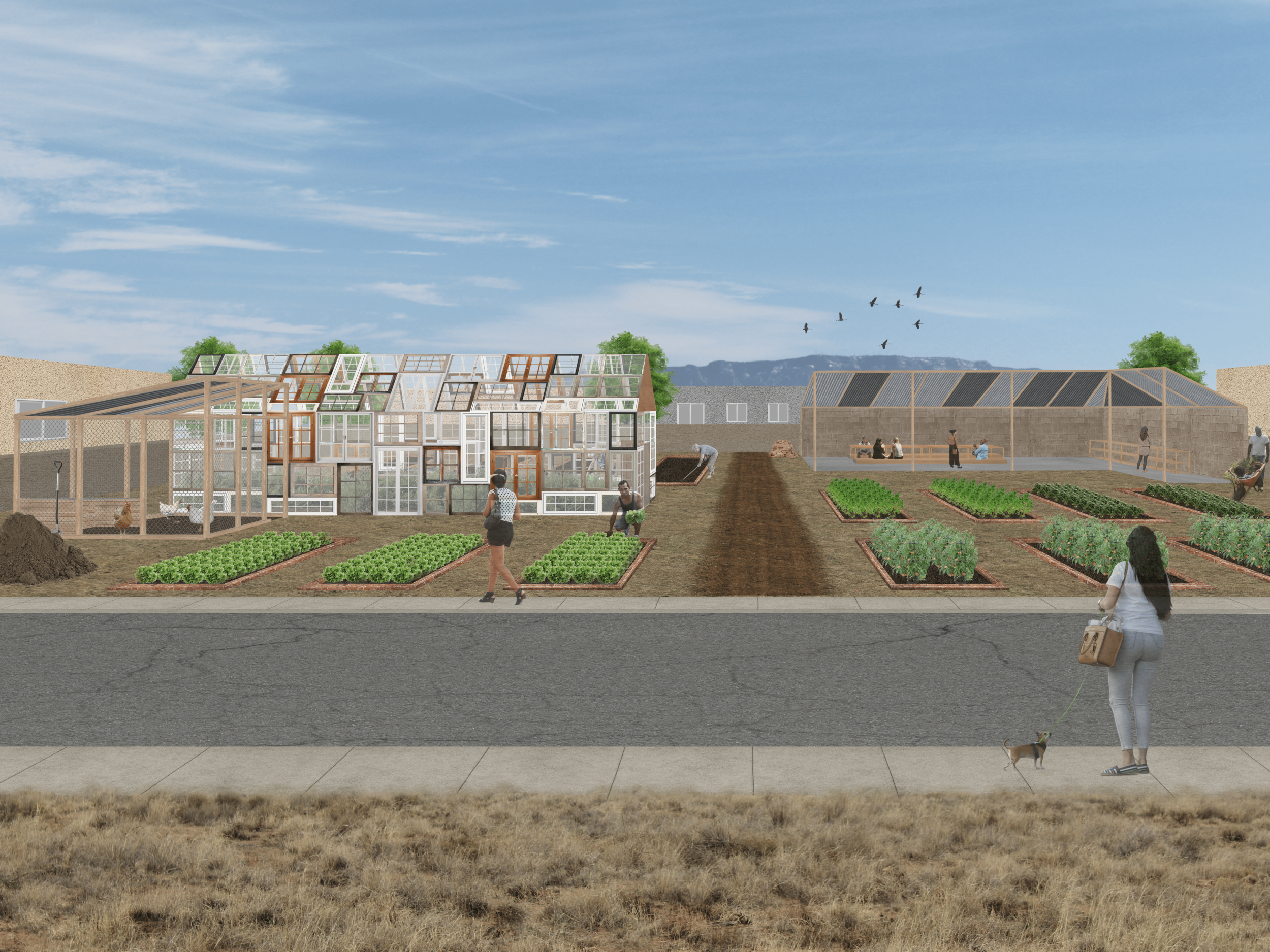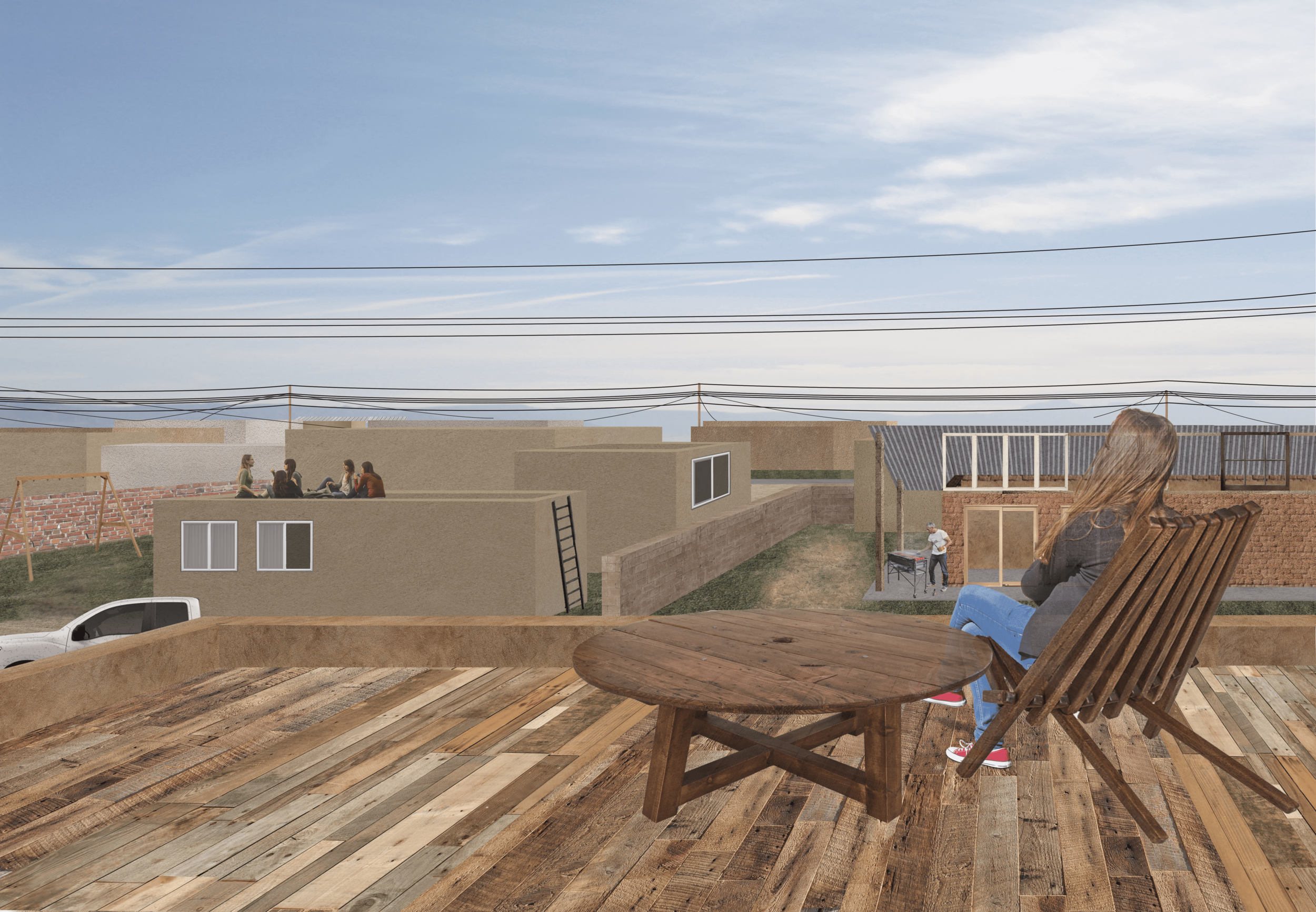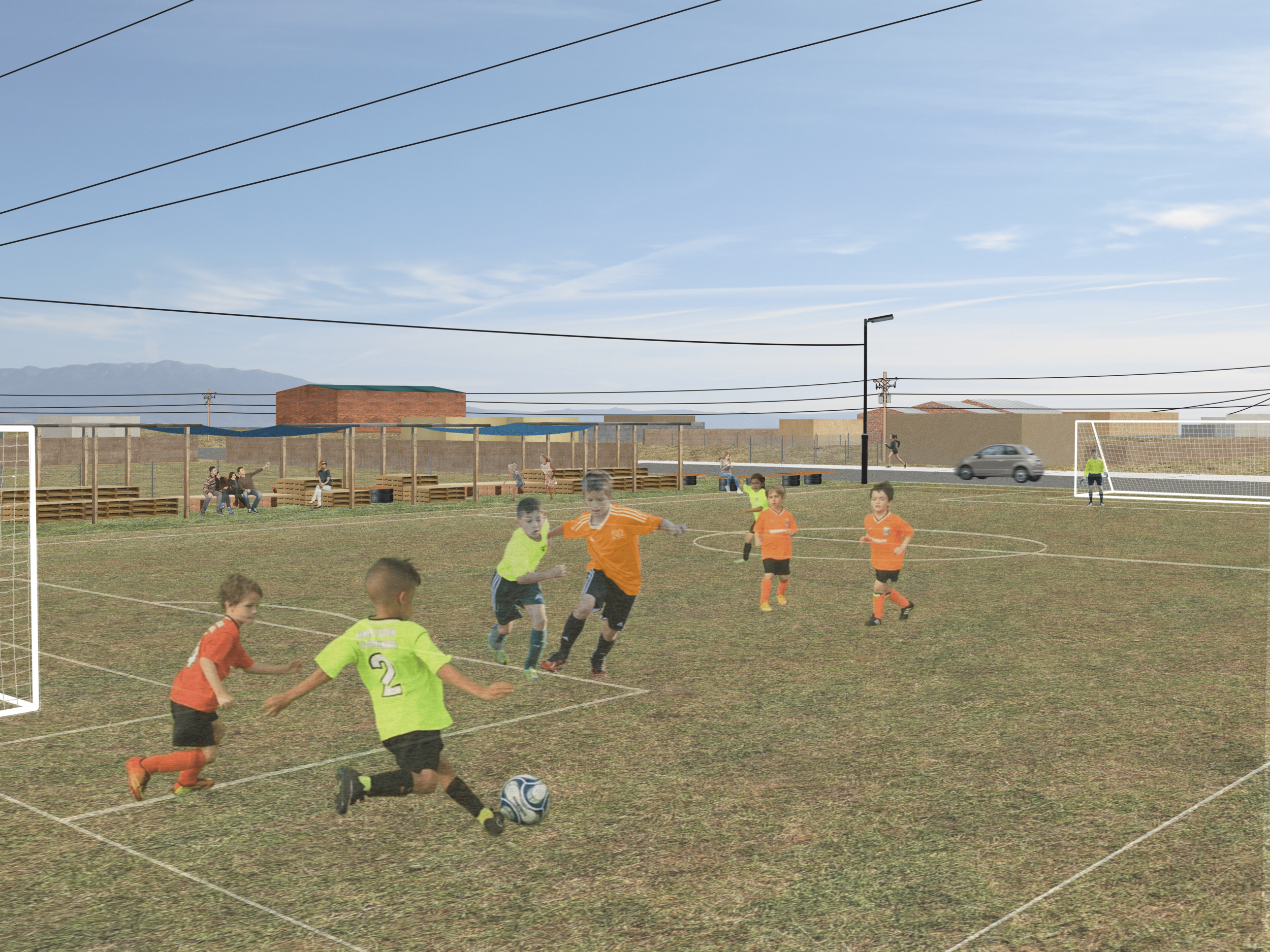Re-Claimed Assemblies
A partner project done for an exhibition at University of Michigan’s Taubman CollegeProject Overview
For our exhibition, my partner, Bailey Surbrook, and I created a project focused in Albuquerque, New Mexico. A city with a problematic rapid expansion which has created many derelict spaces throughout the city. The video we produced displays the extent of our project with the details outlined below.
History of Albuquerque
The massive sprawl Albuquerque has experienced has largely led to the proliferation of large single family housing throughout the area. This creates both divided communities and a multitude of unused urban conditions, both of which lead to the city having a large amount of construction waste that is underutilized.
Urban Gaps
The Alleyway, Parking Lot, Sidewalk, and Vacant Lot are all examples of the derelict urban conditions resulting from Albuquerque’s sprawl. These spaces are primed for citizen intervention and use.
The International District
A set of communities formally known as the “Warzone” has come together to re-brand themselves as the International District. We chose to focus on this set of communities based on their previous experiences in community engagement, re-branding efforts, and a high amount of the urban conditions listed above. This makes the International District prime for citizen intervention and is where we chose to focus our study.
Material Interventions
The construction waste spread throughout Albuquerque offers a great solution to provide free materials for the citizens of the International District. These materials can be utilized by the citizens to reclaim the urban gaps that are spread throughout the International District and the city as a whole. These materials are stored in a Material Depot that is built upon over time to provide materials and workshops to the community.
Intervention Examples
Another function of the Depot is to provide examples of possible interventions that range from simple to complex. This allows citizens to have control over their level of participation. These examples become the building blocks for citizens to create their own spaces and take back the urban gaps.
The most important aspect of our exhibition was the physical display of our research. We implemented reclaimed materials to build one of our designed interventions. Our display created an awning condition that housed our work and examples of typical reclaimed materials that would be stored and utilized by citizens to create their own spaces.









